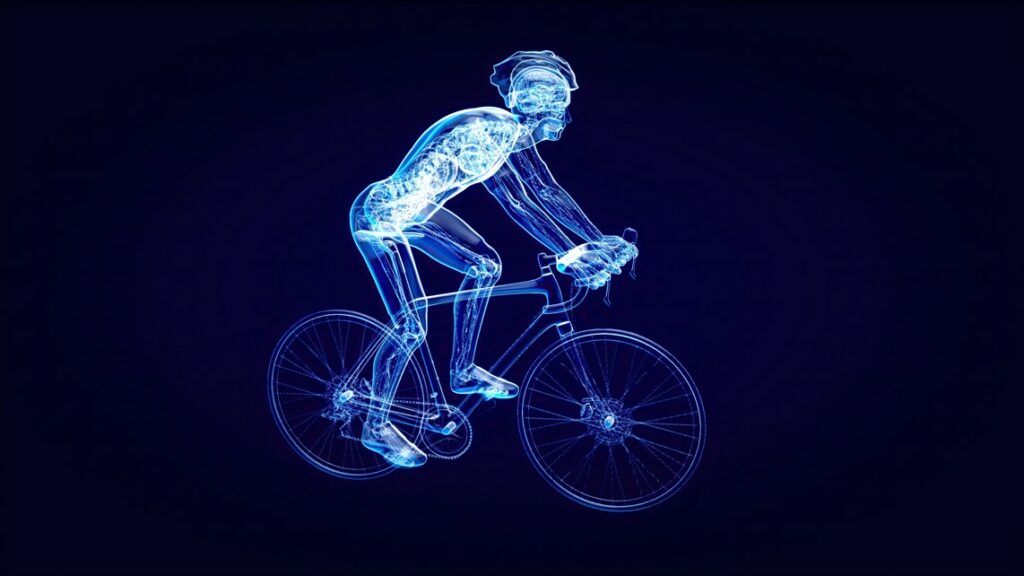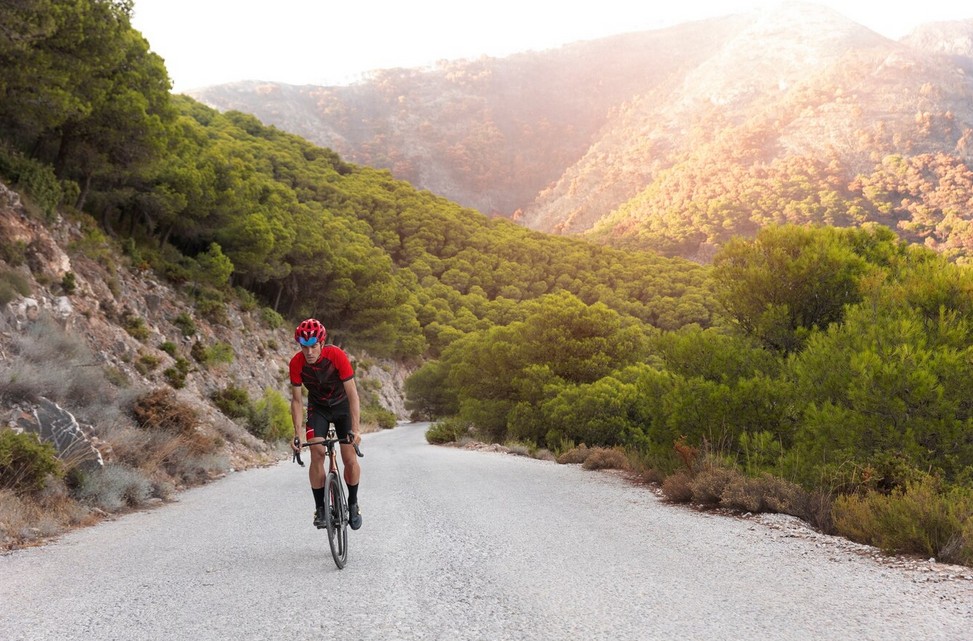Pedaling a bike: how can you improve your technique?
Introduction
For road cyclists and gravel riders, knowing how to pedal a bike with precision translates into optimal performance and increased comfort. By adopting a simple biomechanical approach, you’ll improve your performance while reducing muscle fatigue and optimizing your endurance on long rides.
Breaking down the pedaling cycle
The pedaling movement is based on a complete cycle with four phases. To begin with, the first phase, called the push, extends from 30° to 165°. It mainly mobilizes the quadriceps and glutes to transmit an effective tangential force to the crankset. This dynamic pedaling phase is essential, as it provides most of the propulsion.
Then comes the low transition, from 165° to 210°, which allows a gradual release of the pressure exerted, thus avoiding breaks in tension. This continuity is essential for smooth pedaling.
Thirdly, the pull phase, from 210° to 345°, engages the hamstrings and hip flexors. It plays a key role in the continuity of the movement, pulling the pedal back with precision.
Finally, the upward transition, from 345° to 30°, calls on the anterior tibials to reposition the foot without loss of energy. This phase is often neglected, but is crucial to the consistency of the gesture.

Understanding and optimizing pedaling forces
When you pedal a bike, two types of force come into play: tangential force, which directly powers rotation, and radial force, which is exerted perpendicular to the crank without contributing to forward motion. For optimum efficiency, effort should be concentrated on the angular range from 45° to 135°, where the tangential force is at its greatest. Outside this range, more of the force is wasted. Experienced cyclists often use power transducers or instrumented pedals to visualize an angular force diagram. This tool highlights any irregularities in their pedal stroke. With this data, they can adjust their pedaling technique to aim for a fuller circle of force.
Adjust cadence according to torque
The link between cadence and torque is fundamental to cycling. At low cadence (60-70 rpm), the torque generated is high. This pedaling mode, although more demanding on the muscles, is often necessary when climbing or restarting in gravel, for example. On the other hand, a higher cadence (90-110 rpm) lowers torque per revolution, but promotes endurance and limits lactate accumulation. Every cyclist has an optimum cadence, called the performance cadence, which can be identified via threshold tests or repeated efforts close to FTP. Working on these zones will not only optimize your power, but also improve the way you pedal your bike in the long term.
Essential biomechanical adjustments
Efficient pedaling is based on precise cockpit settings. The saddle height should guarantee a knee flexion of 25° to 35° at the lowest point of the cycle, maximizing transmission without generating joint tension. As for the saddle advance, it should allow alignment between the ball joint and the pedal axle at 90° rotation. Foot placement, ideally with the arch of the foot slightly forward of the axle and the heel lowered by a few degrees, favors the traction phase. These parameters have a direct influence on pedaling performance. To take this a step further, a dynamic postural analysis using video and/or pressure sensors can be used to correct asymmetries and harmonize the technical gesture.

Neuromuscular drills : advanced exercises
To perfect your technique, integrate these protocols :
Limit these exercises to 20-30 minutes twice a week to make progress without overloading your nerves. They are an effective lever for perfecting your pedaling technique.
Use data feedback to make progress
On-board technologies, such as pedals with strain gauges or intelligent cranksets, provide invaluable data. They provide a detailed overview of force output, leg balance and contact time. With this information, you can identify weak points in your pedaling cycle. By using analysis software such as Golden Cheetah or WKO5 (TrainingPeaks), you can fine-tune your training and target areas for improvement. As a result, your pedaling dynamics on the bike become more economical and consistent, which is decisive in competition.
Transposition to competition and training

Conclusion: technology at the service of performance
Mastering the art of bicycle pedaling isn’t just about brute strength. It’s a balance between biomechanics, regularity, cadence, positioning and feedback. By fine-tuning these parameters, you’ll improve your performance and endurance. The aim is not just to ride faster, but to pedal smarter. You’ll discover that optimizing your pedaling on a bike is a decisive advantage, on the road and on the trails.
Discover other tips, advice and tutorials in our blog.

